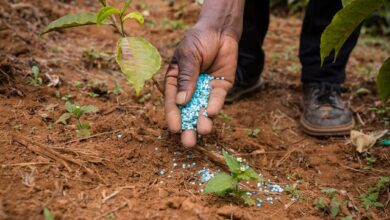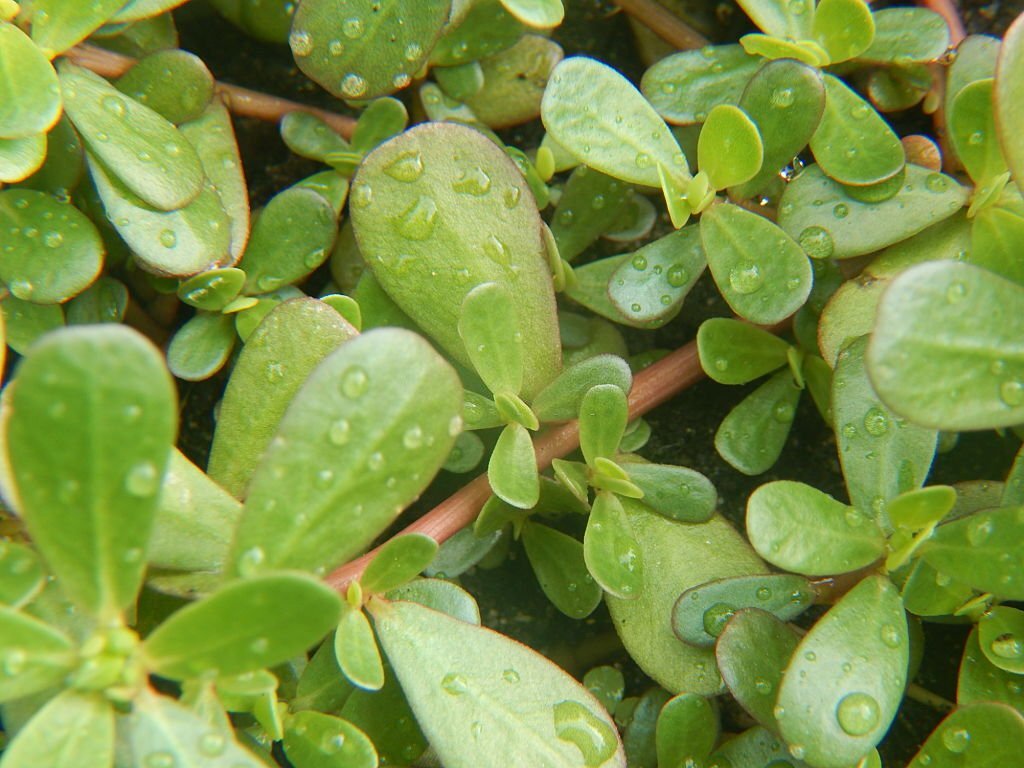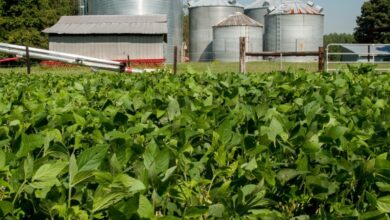How To Maximize Your Tomatoes Yield?

Last updated on June 24th, 2024 at 11:04 am
Growing the perfect tomatoes is a rewarding endeavor that many enthusiasts undertake. Whether you’re a novice or a seasoned gardener, maximizing your tomato yield involves a combination of art and science. This guide explores practical tips and tricks from a regular grower’s perspective, focusing on simple yet effective methods to enhance your tomato harvest.
Choose the Right Varieties
Begin your tomato-growing journey by selecting the right varieties for your region and preferences. Consider factors such as climate, soil type, and available space. Popular choices like Beefsteak, Roma, and Cherry tomatoes are resilient and adapt well to diverse conditions.
Optimal Soil Conditions
Tomatoes are highly adaptable plants that require specific conditions to grow successfully. One of the key factors for their growth is the type of soil they are planted in. For optimal results, tomatoes thrive in well-draining soil that is enriched with organic matter. This helps create a nutrient-rich environment that supports their root development.
To ensure the ideal conditions for tomato growth, it is important to monitor the pH level of the soil. Aim for a pH level between 6.0 and 6.8, as this range provides the perfect balance of acidity and alkalinity. This will create the ideal environment for the roots to absorb essential nutrients and water.
Regularly testing your soil is crucial to maintain its fertility. By conducting soil tests, you can determine the nutrient levels and identify any deficiencies or imbalances. If necessary, you can amend the soil with compost or organic fertilizers to replenish the nutrient levels and promote healthy tomato growth.
Light is Key
Tomatoes are sun-loving plants, and providing them with ample sunlight is crucial for optimal growth and fruit production. To ensure your tomatoes thrive, it is important to choose a location that receives at least 6-8 hours of direct sunlight each day. This will allow the plants to photosynthesize effectively and develop strong, healthy stems and leaves. However, if your chosen location has limited access to natural sunlight, there are alternative options available. One such option is to supplement the natural sunlight with LED grow lights. These lights, such as the Batagrowlight and Boyagrowlight, are designed to emit the specific light spectrum that tomatoes need for robust development. By using these reliable grow lights, you can provide your tomatoes with the optimal lighting conditions they require, even in areas where natural sunlight is scarce. This will help to ensure that your tomatoes receive the necessary light energy to support their growth and fruiting process.
Proper Watering Techniques
To ensure optimal hydration for your tomato plants, it is essential to maintain a consistent watering schedule. By providing regular and adequate water, you will not only keep your plants hydrated but also promote the development of robust root systems. This deep, infrequent watering technique encourages the roots to grow deeper into the soil, enhancing their ability to access water and nutrients.
In addition to the watering schedule, it is important to consider the method of water delivery. Avoiding overhead watering, such as using a sprinkler, can help minimize the risk of diseases. Instead, opt for a soaker hose or drip irrigation system for more efficient water distribution. These methods deliver water directly to the base of the plants, reducing water wastage and allowing the roots to absorb the moisture effectively.
Pruning and Training of Your Tomatoes
Pruning your tomato plants is an essential practice that can greatly benefit their overall health and productivity. By selectively removing suckers, which are the small shoots that tend to grow in the crotch between the main stem and branches, you not only improve air circulation around the plant but also reduce the risk of diseases. This allows the plant to allocate its resources more efficiently, leading to stronger and healthier growth.
In addition to pruning, it is highly recommended to provide adequate support to your tomato plants. This can be achieved by using stakes or cages to prevent their sprawling nature. By doing so, you ensure that the plants maintain an upright posture, allowing all parts of the plant to receive sufficient sunlight. This is crucial for optimal photosynthesis and the development of flavorful and vibrant tomatoes.
Fertilize Wisely
To ensure optimal tomato yield, it is of utmost importance to apply the appropriate fertilizers at the correct time. In order to achieve this, it is recommended to use a well-balanced fertilizer that contains all the essential nutrients necessary for the healthy growth of tomatoes. Additionally, during the growing season, you may want to consider side-dressing your plants with nutrient-rich compost. This will not only provide additional nourishment to the plants but also contribute to the overall soil fertility. However, it is crucial to exercise caution and avoid over-fertilization, as an excess of nutrients can result in exuberant foliage but a reduced number of fruits. Therefore, finding the right balance in fertilization practices is key to achieving bountiful tomato harvests.
Companion Planting
Embrace the concept of companion planting to create a natural balance in your garden. Marigolds, basil, and nasturtiums are known to repel pests that can affect tomatoes. Fasalbachao website offer valuable insights into companion planting strategies, helping you create a thriving and pest-resistant tomato environment.
Mulch for Success
Mulching around your tomato plants provides numerous benefits. It helps retain soil moisture, suppresses weeds, and regulates soil temperature. Use organic mulch, such as straw or wood chips, to create an optimal growing environment for your tomatoes.
Regular Pest Monitoring of Your Tomatoes
Stay vigilant for signs of pests and diseases, as early detection is key to preventing damage. Inspect your plants regularly and, if necessary, use organic insecticides or repellents to protect your tomatoes without harming beneficial insects.
Harvest at the Right Time
Knowing when to harvest is crucial for enjoying flavorful, ripe tomatoes. Wait until the fruits are fully colored and slightly firm. Gently twist or cut them from the vine, ensuring you leave a small stem attached. This practice promotes better storage and maintains the fruit’s quality.
Final word
In conclusion, successfully maximizing your tomato yield involves thoughtful planning, proper care, and a touch of experimentation. By following these tips and incorporating them into your gardening routine, you’ll be on your way to enjoying a bountiful harvest of delicious homegrown tomatoes. Remember, the joy of growing your tomatoes lies in the journey, and each season presents new opportunities for learning and improvement. Happy gardening!





